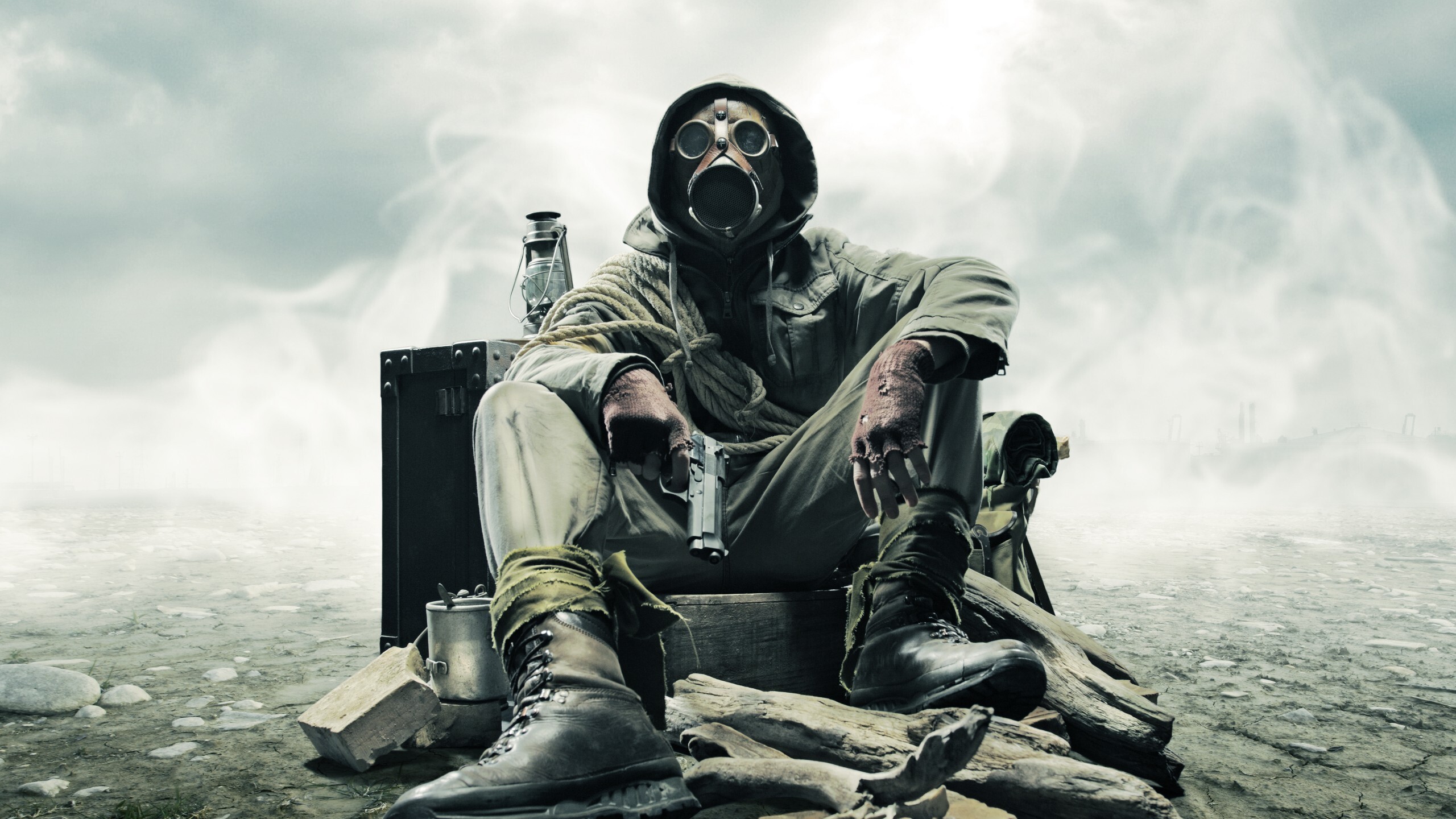
Learn how you can support the Museum with a donation. More than 97 percent of the objects and documents from the Museum’s collection are donated. About three percent of gas casualties were fatal, but hundreds of thousands suffered temporary or permanent injuries. In one weekly schedule there is a class on “Warfare agents” that discusses gas mixture formulations such as percentage of chlorine to percentage of phosgene and “Tactic for gas emission” discussing with measurements for the optimum length of gas cloud and amount of gas in tons.īy the end of the war the Germans produced the most poison gas with 68,000 tons, the French second with approximately 36,000 tons and the British produced approximately 25,000 tons. “weather forecasting on the front” (the air pressure and wind direction were very important measurements to determine the effectiveness of a gas attack).“exercises for handling of gas masks and oxygen-protection devices”.Week long class schedules with subjects including:.Draft of an instructional sheet “Gas Defense in the Trenches” listing instructions to prepare for an attack including “The sentry must also look out for suspicious odors” and “protect the telephone device.”.Sabersky’s identity card for his instructor position.

Stunned by their overwhelming outcome of the attack, the Germans tentatively advanced, losing an opportunity to exploit their success. There was no technology to protect the soldiers from this new weapon an operational gas mask was not available, so the Allied soldiers improvised with linen masks soaked in water and “respirators” made from lint and tape. This was the first effective use of poison gas on the Western Front and the debut of Germany’s newest weapon in its chemical arsenal, chlorine gas, which irritated the lung tissue causing a choking effect that could cause death.Ī British officer described the effect of the gas on the French colonial soldiers: “A panic-stricken rabble of Turcos and Zouaves with gray faces and protruding eyeballs, clutching their throats and choking as they ran, many of them dropping in their tracks and lying on the sodden earth with limbs convulsed and features distorted in death.” The attack forced two colonial French divisions north of Ypres from their positions, creating a 5-mile gap in the Allied line defending the city. a wave of asphyxiating gas released from cylinders embedded in the ground by German specialist troops smothered the Allied line on the northern end of the Ypres salient, causing panic and a struggle to survive a new form of weapon. The 1940 model has been part of the museum collection since 1959 and was provided by the Faculty of Veterinary Medicine's Zootechnical Institute.On Apat 5 p.m. This original set consists of a July 1940 dated black rubber face. The Utrecht University Museum's Veterinary Medicine Collection includes two equine gas masks produced during World War II: one from 1940 and one from 1944. Browse 3,900+ soldier gas mask stock photos and images available, or start a new search to explore more stock photos and images. An original early WW2 British Army Chest Respirator, often referred to as a gas mask. This included a special equine gas mask, which was subsequently improved upon by other researchers around the world. The team developed guidelines and new protective equipment for military animals, especially horses, dogs and pigeons. Arie Klarenbeek (1888 - 1972) and a small team of fellow researchers at the Faculty of Veterinary Medicine conducted secret tests to find ways of protecting humans and animals from mustard gas.

The aim was to protect both people and animals, feed, water and food from the weaponised gases. These efforts were based on a One Health approach. Experts, including veterinarians, were called in to help develop defensive tools and measures. In the wake of this gas war, military authorities - even in the 'neutral' Netherlands - started working to defend themselves against such weapons.


 0 kommentar(er)
0 kommentar(er)
